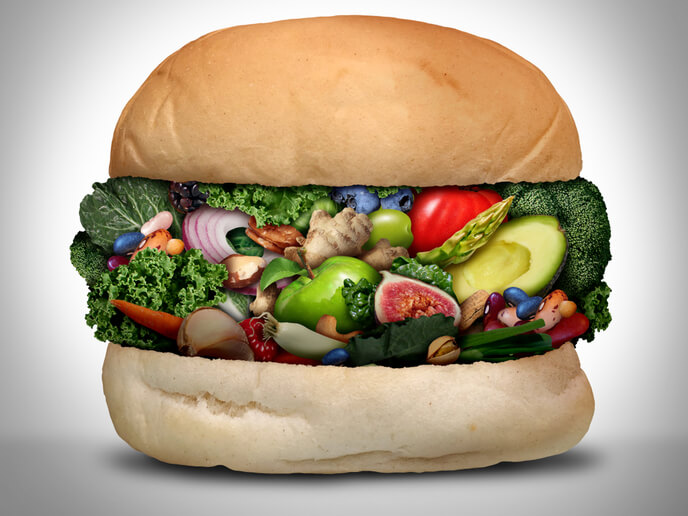Rise for “alternative” protein foods that include non-animal protein
The global market for “alternative” protein foods, ie foods that will include non-animal protein (eggs, meat, dairy and fish), is expected to grow sharply, projected to reach US $ 290 billion by 2035. with a joint research of “Boston Consulting Group” and “Blue Horizon Corporation” with the eloquent title “Food for Thought: The Protein Transformation”, talking about “transformation” (“transformation”) of this market.
Alternative protein foods include foods whose protein will be of plant origin, protein microorganisms or animal cell growth.
More specifically, according to the basic forecast of the research, the consumption of “alternative” protein is expected to increase sevenfold, from 13 million tons per year in 2020 (only 2% of the total protein food market), to 97 million tons per year by 2035 , thus representing 11% of the total protein food market in that year. However, the research emphasizes that in case of acceleration of technological / scientific research in this sector, accompanied by strong support at institutional / regulatory level, the growth of the share could be accelerated even further, thus reaching up to 22% of the total protein food market. With these growth rates, the market for “conventional” (animal) protein foods in the mature markets of Europe and North America is expected to peak in 2025, a time from which it will begin to decline.
According to Benjamin Morach, a Boston Consulting Group executive, “alternative” protein foods are expected to soon become animal-friendly in taste, texture and price, a development we believe will boost consumption, making this market from “niche” to “mainstream”, an element with obvious beneficial environmental consequences, which in turn will increase their consumption even more “.
With regard to the environmental dimension in particular, the shift from the consumption of egg and meat protein is expected to reduce carbon dioxide emissions by 1 gigaton by 2035, which equates to Japan turning it into a country with zero carbon dioxide emissions, saving 39 billion cubic meters of water, equivalent to London’s water supply for 40 years.
However, the research also emphasizes that significant investments of US $ 11 billion per year in research and development will be needed in order to achieve even the baseline scenario (growth to 11% of the total protein market by 2035).


